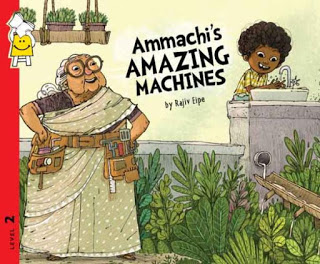New Themes and New Titles : The Children’s Publishing Industry in India

 Via Time Out Delhi
Via Time Out Delhi
Once every month, Rati Diwakar, an investment banker and a mother of three, contemplates a peculiar situation that she says did not exist “in her time”: there are just too many books for children. “Ever since I promised my kids a new book every month, we’ve ended up wasting whole hard-earned Sundays doing nothing but waiting at the coffee shop of the bookstore while they make up their minds about which book to pick up,” she said. You can’t blame the kids, though, because the city shelves are groaning under the weight of options, and picking one from the hundreds is no easy matter. “It was simpler for us,” said Sushant, Rati’s husband. “All we had to choose from were a bunch of the school series and the detective series. Plus our parents brought home the classics for us.”The classics and the older series are still around, but pouring into the shelves with them is a deluge of new arrivals, the bulk of it still international titles, but an increasing number produced by homegrown talent. Supporting this new breed of Indian authors and illustrators are Indian publishers, Delhi-based Young Zubaan, Chennai-based Tulika and the Indian branches of international publishers.
At the same time, the category of kids’ books itself is being redefined. Many themes that were considered taboo for young readers, like violence, terrorism and sexuality, are being woven into young adult fiction (broadly for the 12+ age group).
Though many people fear that this generation is bored with the printed word, sales figures tell a very different story. “With our strong focus on children’s books, 23 per cent – as against 19 per cent three years ago – of our total sales comes from children’s books. Volume and value-wise, it’s at the top, the number one category,” said Sivaraman Balakrishnan, deputy marketing manager at Crossword Bookstores. Publis-hers have been quick to sense the changing tide. “Children’s books forms the second-largest category for most retail stores in India and it’s bound to only get better,” said Shobit Arya of Wisdom Tree, which is planning its entry into the kids’ market. “
In fact, despite the experiments with theme and style in some publishing quarters, the bulk of domestic children’s publishing reflects resistance to change. “A majority of books continue to be old hat – retellings, folktales, epics and legends, moral stories,” said Ghosh. “That will have to change. At a parallel level, parents and schools will have to realise that there are Indian writers writing for children, and actively seek out these books at bookstores.”
Read the entire article here.
Image Source : Pratham Books





